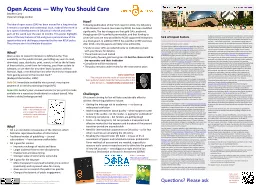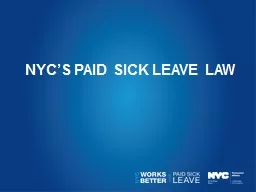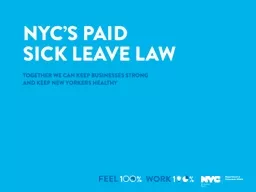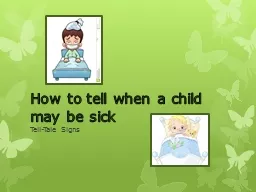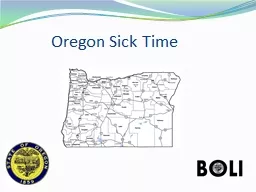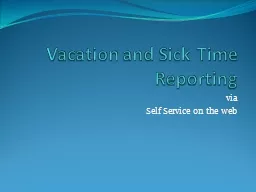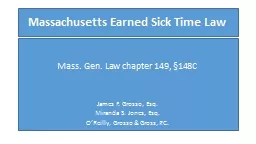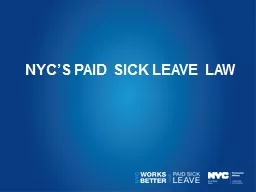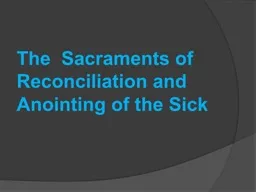PPT-Sick of Impact Factors
Author : tawny-fly | Published Date : 2016-03-07
For links or to read online please see http occamstypewriterorg scurry20120813sickofimpactfactors or use the QR code below First published in August 2012 I am sick
Presentation Embed Code
Download Presentation
Download Presentation The PPT/PDF document "Sick of Impact Factors" is the property of its rightful owner. Permission is granted to download and print the materials on this website for personal, non-commercial use only, and to display it on your personal computer provided you do not modify the materials and that you retain all copyright notices contained in the materials. By downloading content from our website, you accept the terms of this agreement.
Sick of Impact Factors: Transcript
Download Rules Of Document
"Sick of Impact Factors"The content belongs to its owner. You may download and print it for personal use, without modification, and keep all copyright notices. By downloading, you agree to these terms.
Related Documents

